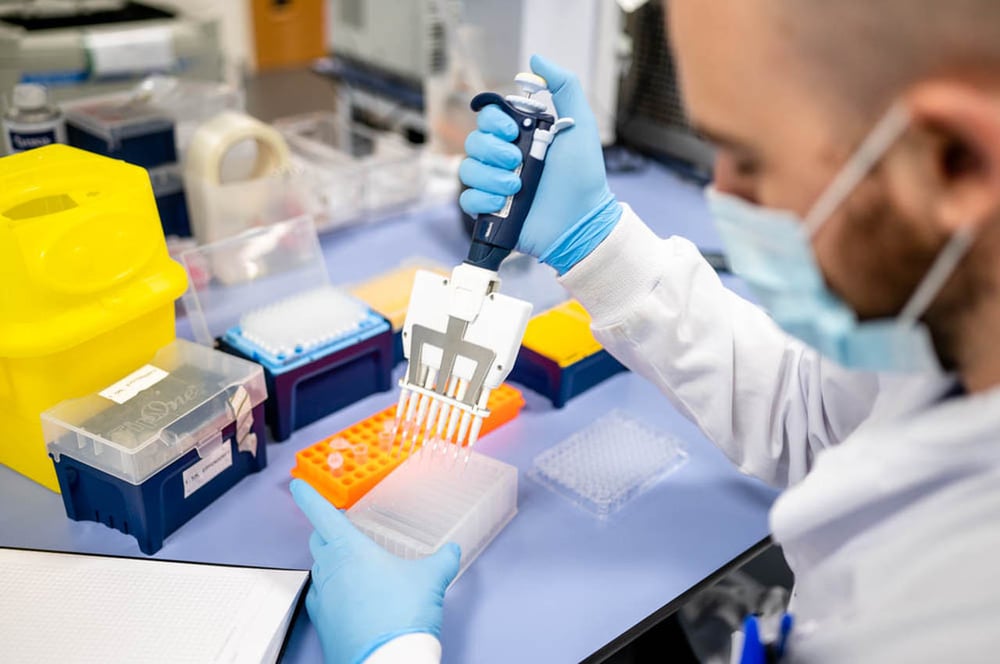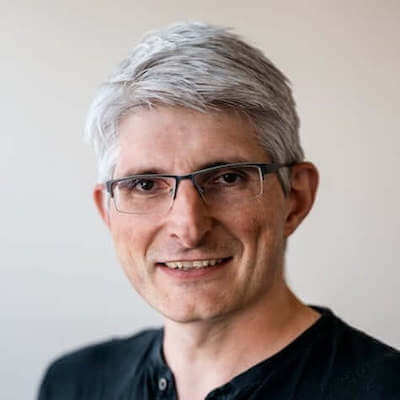Biology is hard. If you’ve ever tried to discover something new about living things you’ll know this all too well. I’ll wager you’ve experienced it on a visceral level. But why is it so hard?
Is it purely because of its enormous complexity? This seems obvious. The product of four billion years of evolution has no obligation to make itself understandable to any of us. But this somehow doesn’t feel like the complete answer. If anything, it’s the complexity that fascinates us so much in the first place, our curiosity and hunger to know more impels us to carry on in search of answers. It brings us as much delight as anything else.
No, the real answer is more human. Sitting atop the complex beauty of the natural world is the complex mechanics of how we do science in the first place. Complexity begets complexity, and the role of the biologist at the cutting edge of human knowledge is to tread a razor-thin line. Navigating that line is as much about being ‘good at biology’ as it is about wearing many different hats, and being skilled in every element of the job.
It’s like threading a dozen needles in a single attempt. Miss one needle and the whole thing falls apart. The first challenge? Designing experiments that work.
The designer
Each experiment follows a fundamental cycle: design, plan, run, analyze. Before everything else, design is one of the main activities that we should be spending our energy on. This is where we apply our understanding of the biological system, and design experiments that will add to that understanding.
But experiments are expensive, time-consuming and arduous. So as well as a deep knowledge of biology, we also want to understand the principles of optimal experimental design. If we know this and apply it well, we should be able to get maximum insight for the least cost and effort.
The planner
An experiment on paper is one thing. Turning it into reality is another thing altogether. From our design, we are then plunged into the complexities of working out all of the reagents, cells, consumables and equipment we need. We have to check what’s already in the lab (and still in-date!), choose suppliers and weigh up the varying costs and lead times.
We also need to work out when it’s feasible to actually run the experiment. Then we have to book our equipment and update our expected timelines. And, after all of this, we have to work out the plate maps we’re going to use, the stock concentrations, dilution factors, and every single pipetting action we need to do across every sample.
And then, finally, we head into the lab.

The scientist
The moment we set foot in the lab is the moment non-biologists think the work actually starts (that’d be nice!). With our materials prepared and our plans in place, what follows is hours (or days, or weeks) of painstaking pipetting, mixing, centrifugation… and all manner of other possible tasks.
It feels like a purgatory of mechanical repetition, but it’s the reality of cutting edge science. Highly demanding, highly skilled, hugely tedious, innumerable highly accurate transfers of tiny amounts of clear colorless liquids. This is biologist as stoic, patient, phlegmatic, unflappable jedi, putting up with the highly repetitive physical and mental demands of experimentation without making mistakes.
The analyst
And what do we get for our troubles? Data. Frequently from different sources, often in different formats, almost always structured in different ways. The next role of the biologist comes in two parts: the first as data wrangler fighting to bring everything together into a usable format, the second as analyst to turn the data into something we can use.
Finally, we get to look at our results and see if things have worked, or if—as is so often the case—all our efforts have been in vain. Either way, the experiment is done. It’s time to start designing the next one.
The archivist
Except it isn’t. Not yet. Before we can do any more work, we must record all of the work we’ve just completed, and the data and metadata that came with it, in meticulous detail. Without this, we could never replicate the experiment and our data would lose the context of how and why they were made. It would become worthless.
After all the skills, expertise, patience, and dedication to carry out the experiment, the biologist then has to be an expert technical writer in recording everything they’ve done.
Is this all too much?
The real challenge for biologists is not just the biology, but everything else that goes with it. The proof of this is in what we expect from them: experimental design, logistics, planning, management, dexterity, patience, steady hands, attention to detail, data handling, analysis, and record keeping. All without error. Always consistent. All without guarantee of success.
There is an uncomfortable truth here: this is too much. While there are a great many talented biologists at work producing incredible advances in our understanding, I can only wonder what we might achieve if it wasn’t so hard to do the work in the first place.
For everyone on the front line of discovery, the stakes have never been higher and the challenges have never been so complex; can we afford to continue on as we are, expecting so much from so few? If we can lift the burden weighing on our scientists by even a fraction, the possibilities will be breathtaking.
Markus Gershater, PhD
Markus is a co-founder of Synthace and one of the UK’s leading visionaries for how we, as a society, can do better biology. Originally establishing Synthace as a synthetic biology company, he was struck with the conviction that so much potential progress is held back by tedious, one-dimensional, error-prone, manual...


